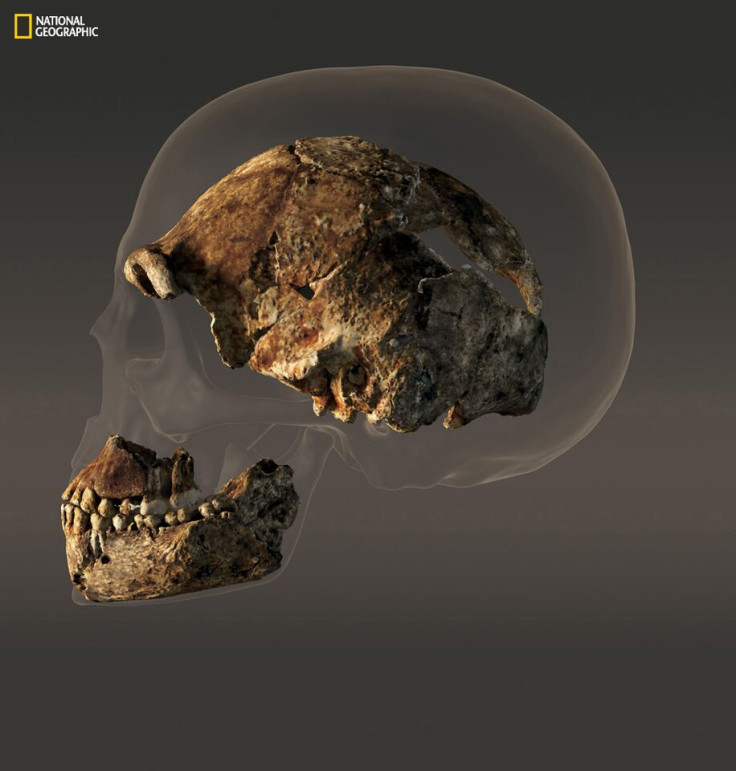Homo naledi: New 'Star Man' human ancestor discovered in South Africa cave

An international team of scientists has announced the discovery of a new species that is a relative of the modern-day human. Researchers from the University of the Witwatersrand (Wits University), the National Geographic Society and the Department of Science and Technology (DST) and the National Research Foundation of South Africa have found the remains of 15 individuals in the Rising Star cave in South Africa of a new species which has been dubbed Homo naledi – meaning Star Man in the Sotho language.
The team of paleontologists initially made the discovery of 1,500 fossil elements in 2013 in a chamber some 90 metres from the cave entrance. It had been thought that maybe they had all perished there from a disaster, but it has since been revealed that the location was used as a burial chamber – a ritual that was thought only to be used by modern day humans.
Lee Berger, research professor in the Evolutionary Studies Institute at Wits University and a National Geographic explorer-in-residence, who led the two expeditions that discovered the fossils, said: "With almost every bone in the body represented multiple times, Homo naledi is already practically the best-known fossil member of our lineage.
"We explored every alternative scenario [of why they were buried there], including mass death, an unknown carnivore, water transport from another location, or accidental death in a trap, among others. In examining every other option, we were left with intentional body disposal by Homo naledias [as] the most plausible scenario."

"Overall, Homo naledi looks like one of the most primitive members of our genus, but it also has some surprisingly human-like features, enough to warrant placing it in the genus Homo," said John Hawks of the University of Wisconsin-Madison, US, a senior author on the paper describing the new species. "H. naledi had a tiny brain, about the size of an average orange, perched atop a very slender body."
The species' teeth are describes as similar to our other ancestors – the Homo hablilis – but the shoulders are similar to that of an ape, which led the researchers to describe it as a blend of primitive and human. Dr Tracy Kivell of the University of Kent, added: "The hands suggest tool-using capabilities. Surprisingly, H. naledi has extremely curved fingers, more curved than almost any other species of early hominin, which clearly demonstrates climbing capabilities."

The findings were reported in eLife and the October issue of National Geographic magazine.
© Copyright IBTimes 2025. All rights reserved.






















